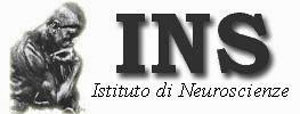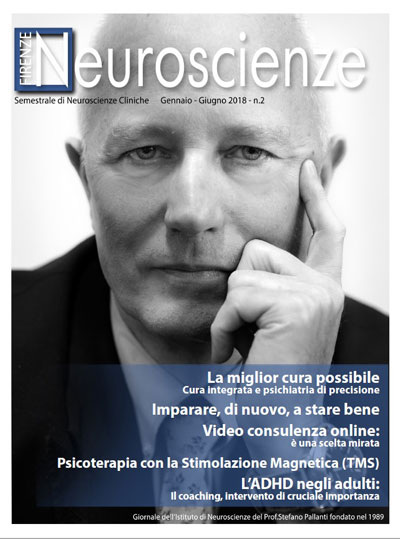Transcranial Magnetic Stimulation has been approved for the treatment of resistant depression in Canada and has also received approval in the United States from the Food and Drug Administration.
The team at the Institute of Neurosciences guarantees an initial diagnostic evaluation, application of the stimulation protocol, treatment under the supervision of a specialized doctor, and follow-up after the first cycle of the treatment.
Repeated Transcranial Magnetic Stimulation (rTMS)
Magnetic stimulation is a method already largely in use in hospitals and ambulatory structures for diagnostic purposes.
After its introduction by Anthony Barker (Sheffield University, UK) in 1985 (Barker et al., 1985) as a non-invasive instrument to activate the motor cortex, to measure its connectivity, its excitability, and to evaluate the integrity of the motor pathways, the neurological clinical neurophysiology, and psychiatry uses have disseminated still more, whether in the area of research or with for more strictly clinical aims (George e Bellmaker, 2000).
Therapeutic Areas
In psychiatry:
- Depression resistant to drugs
◦ Diabetes
◦ Postpartum depression
◦ Obesity
- Depression associated with metabolic disorders
- Depression in which drugs should be avoided (liver or kidney deficiencies, etc)
- Seasonal Depression
- Autism
- Psychoses
◦ Negative Symptoms
◦ Auditory hallucinations
- Obsessive-Compulsive Disorder
In Neurology:
- Cognitive Rehabilitation
- Rehabilitation post stroke or brain trauma
- Pain, including headaches
- Parkinson’s Disease
- Tinnitus
In Weight and Nutrition Disorders
- Craving for carbohydrates (starvation of carbohydrates)
Course of treatments with rTMS
The approach of our institute always includes the mind and the body, and in fact even for physical stimulation therapy, TMS therapy, each session comprises a meeting, a session of meditation based on the Mindfullness method, beyond of course, the Transcranial Magnetic Stimulation (rTMS).
Treatment with TMS is performed by professionals at our offices in Piazza Vittorio Veneto, 1, which is open from Monday to Friday from 2:30-6:30pm, in association with other treatments indicated for individual patients.
First cycle of treatments
The duration of therapy at the Day-Center varies in relation to individual needs, but 1 hour and a half of time is generally sufficient so that the patient can receive the treatment.
Patients and their family members can participate in group Psychological Education meetings held every Saturday morning in order to know and get to know themselves better, and to help to help one’s self better.
Generally about three-four days are necessary to establish a calculation for the length of stay at the Day Center for the first cycle. The average duration of the first cycle is between 2 to 3 weeks and permits frequent evaluations of preliminary improvements.
At the end a report is given documenting the entirety of the first course in which the history, psychometric evaluations and above all a precise diagnosis of the type of disorder in accordance with international classifications.
How does rTMS work?
For the therapy with rTMS, an instrument called “the stimulator” provides electric energy to a magnetic coil which generates a magnetic field at the cerebral level for a brief period of time.
The magnetic field produced by the coil passes without blockage through the scalp to the brain without any dispersion and in an almost painless way being able to therefore reach the underlying cerebral structures, in particular the cerebral cortex, and to modify its electric activity in order to improve the symptoms in some disorders such as Depression and Obsessive-Compulsive Disorder.
The coil is placed on the head in such a way as to allow the magnetic field to reach desired the region of the brain. The magnetic stimulation produces a recordable response, which manifests itself with a noise similar to a series of clicks and a sensation like a cutaneous tingling.
The most serious risk attributed to rTMS is the possibility that convulsions appear when a series of impulses at high power are administered and when repeated series of impulses are emitted extremely close to each other.
However, the most commonly reported side effect of TMS is a light and transitory muscle-tension headache.




